Rivian Completes First Production Vehicles Intended for Customers

Despite EV startups taking a lot of flak for habitually overpromising, sometimes on a level that approaches criminal fraud, things appear to be going rather well at the Rivian factory. Founder and CEO Robert Joseph “RJ” Scaringe announced that the company started building its very first production units on Tuesday.
With the necessary regulatory certifications in hand, Rivian can now begin delivering vehicles directly to customers and the timing couldn’t be much better. The electric brand had said it was basically done with prototypes and ready to spin up the assembly lines for the final product late last month. While this still placed it a bit behind schedule, the company now says it has all the necessary certifications from the relevant regulatory agencies (NHTSA, EPA, CARB, etc.) and an automobile that’s been federally approved for sale.
Considering most EV startups never even deliver a finished automobile, this is already an achievement of note. Though Rivian has some incredibly strong backing, with ties to both Amazon and the Ford Motor Company, it’s typically wise not to make assumptions. But Scaringe had indeed promised the public that September would be the month when the business went from being a prospective automaker to a real-deal manufacturer and it’s nice to see someone in the industry delivering on their word.
“Over the last several months we have been focused on not only ramping our production rate, but also dialing in our quality across each of the five areas of our plant: stamping, body, paint, assembly and propulsion (battery and drive units). This challenging process involves multiple build phases – many of the vehicles from these non-customer build phases have been seen out testing across a range of environments during the last year,” the CEO explained in August. “These validation, tooling tryout and pilot build vehicles are critical for our ongoing mileage accumulation program that has helped us drive refinements to the product. With all of this, I am excited to report we have started producing vehicles that reflect all of our quality iterations and design refinements. We are currently working with various governing agencies on the final approvals needed for us to make the first deliveries to preorder customers in September.”
That makes it sound as though Rivian was ready to rock and simply need regulators to give it the go-ahead. However, the months leading up to that quote were loaded with talk about supply chain issues. In fact, the company told customers it would need to delay its all-electric SUV (the R1S) to contend with parts shortages and ensure that the pickup (R1T) would be out by September.
“After months of building pre-production vehicles, this morning our first customer vehicle drove off our production line in Normal [Illinois]!” Scaringe wrote on Tuesday. “Our team’s collective efforts have made this moment possible. Can’t wait to get these into the hands of our customers!”
While we don’t know who will be receiving the first models, or when the delayed R1S is supposed to commence assembly, Rivian has managed to position itself more favorably than its direct rivals. Legacy automakers will soon be delivering full-size electric pickups of their own and it’s looking like Rivian will be the only competition they’ll have until Tesla’s Cybertruck arrives.
Meanwhile, the Rivian Forums have begun reporting that the company’s first charging stations have begun to appear at a campsite near the off-road trails in Moab, Utah. They’re only Level 2 chargers (and exclusive to patrons of the venue) but they’re the first such stations we’re aware of and again represent the brand having some forward momentum. The company has previously stated that it wants to install over 10,000 Level 2 chargers, and an additional with an additional 3,500 DC fast chargers (over 200kW), in the United States and Canada by 2023.
[Images: Rivian]

A staunch consumer advocate tracking industry trends and regulation. Before joining TTAC, Matt spent a decade working for marketing and research firms based in NYC. Clients included several of the world’s largest automakers, global tire brands, and aftermarket part suppliers. Dissatisfied with the corporate world and resentful of having to wear suits everyday, he pivoted to writing about cars. Since then, that man has become an ardent supporter of the right-to-repair movement, been interviewed on the auto industry by national radio broadcasts, driven more rental cars than anyone ever should, participated in amateur rallying events, and received the requisite minimum training as sanctioned by the SCCA. Handy with a wrench, Matt grew up surrounded by Detroit auto workers and managed to get a pizza delivery job before he was legally eligible. He later found himself driving box trucks through Manhattan, guaranteeing future sympathy for actual truckers. He continues to conduct research pertaining to the automotive sector as an independent contractor and has since moved back to his native Michigan, closer to where the cars are born. A contrarian, Matt claims to prefer understeer — stating that front and all-wheel drive vehicles cater best to his driving style.
More by Matt Posky
Latest Car Reviews
Read moreLatest Product Reviews
Read moreRecent Comments
- Fahrvergnugen The only GP we watch - and attend - is SailGP. Feeds a slightly different bunch of adrenaline junkies, though there must be some overlap.
- SCE to AUX Fisker filed for reorganization in Austria - the end is near.https://insideevs.com/news/718875/fisker-reorganization-austria/
- Bd2 I'll watch F1 when Kia and/or Hyundai pony (pun intended) up the cash to field a class leading team. Hyundai is leading many series with the Elantra N with it's incredible 350HP Smartstream-N engine.
- MaintenanceCosts More or less an admission that the radar-only cars will never do anything that could reasonably be marketed as "Full Self-Driving."
- Bd2 The coolest true SUV on the market. Change my mind.




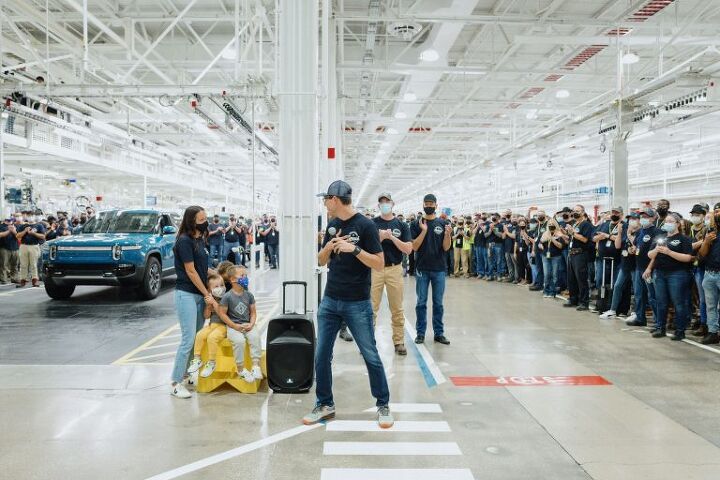
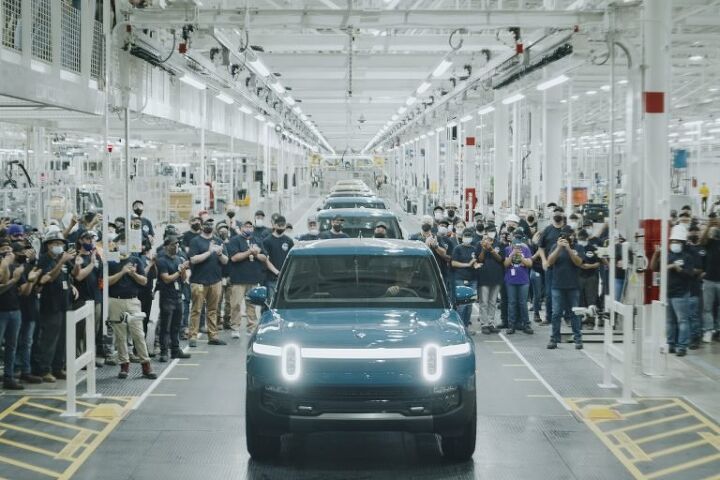















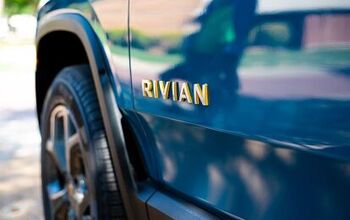
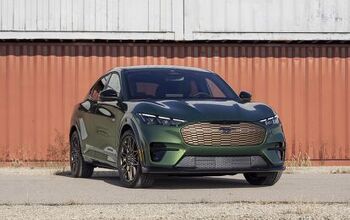
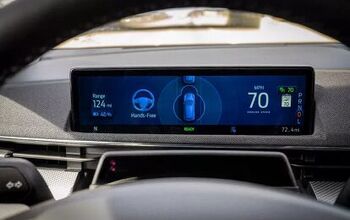
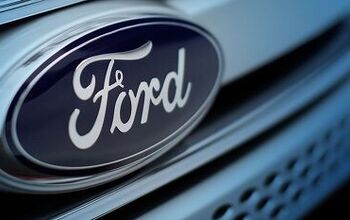
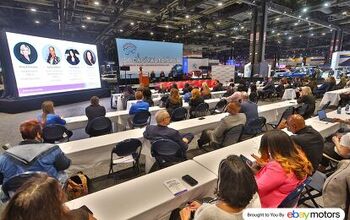
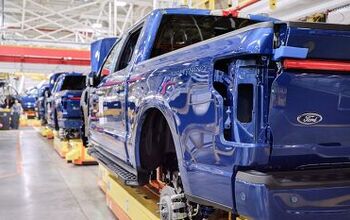

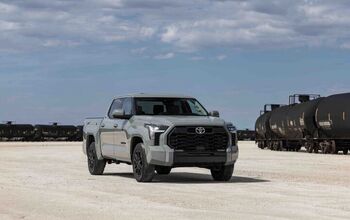



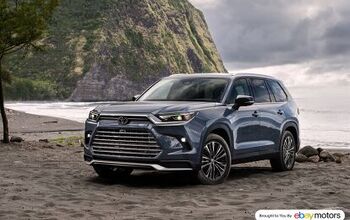
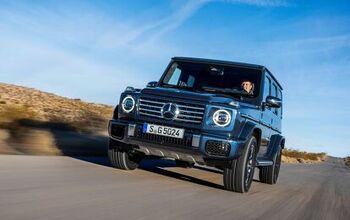
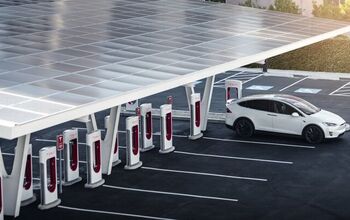
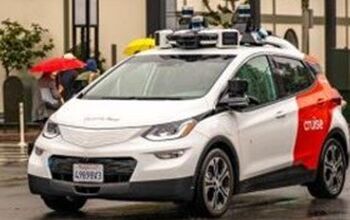
Comments
Join the conversation
To appease the stockholder's Barra and GM jumped into EV's hook line and stinker. However, they weren't ready to do the hard work like creating charging infrastructure and ensuring the technology was reliable. Once again Toyota takes the long term view and is slowly and methodically creating a EV future without decimating their current lineup.
If things go well maybe they will sell 5,000 of these a year. The truth is nobody really asked for an electric truck.